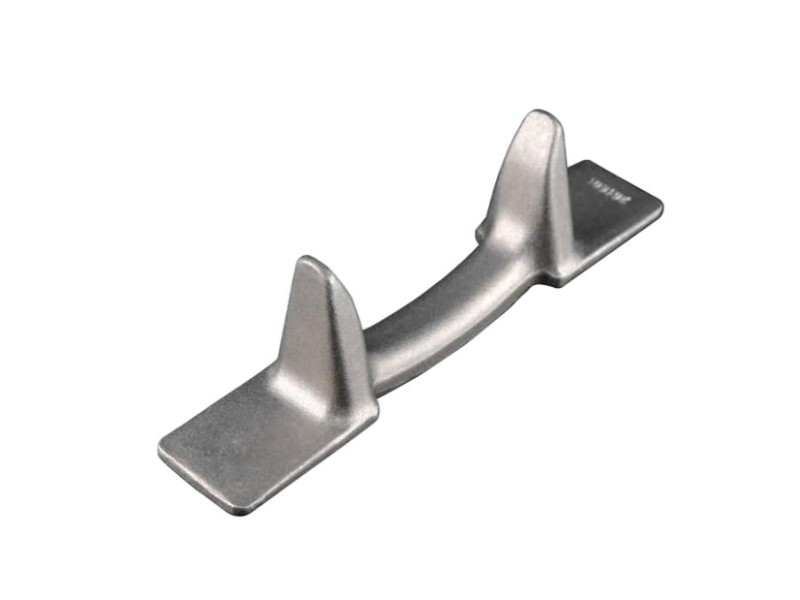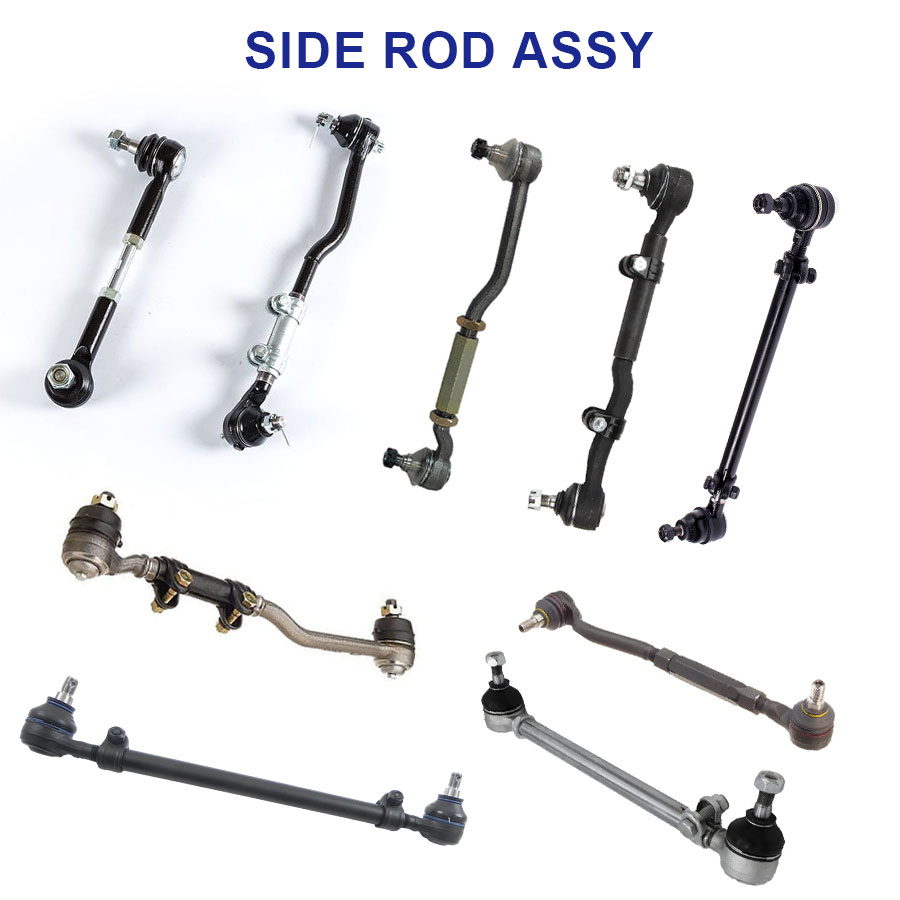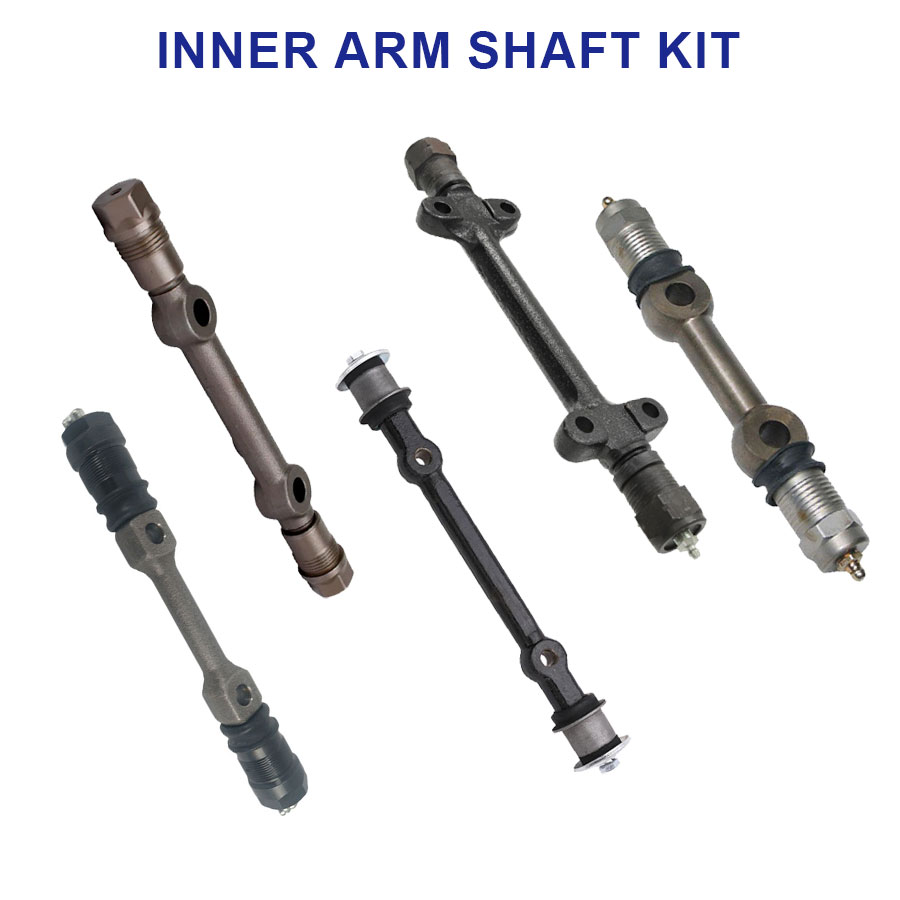How to Choose the Right Industrial Chain for Your Application
Selecting the right industrial chain is not just a purchasing decision; it's a critical engineering choice that impacts productivity, efficiency, and your total cost of operation. A poorly chosen chain can lead to frequent breakdowns, costly unplanned downtime, and safety hazards. With so many types and specifications available, how do you navigate the selection process?
This guide will walk you through the key factors to consider to ensure you choose a chain that delivers reliability and longevity for your specific application.
Understand Your Application's Core Function
First, define the primary job of the chain. This fundamentally dictates the chain type.
- Power Transmission: Is the chain transmitting horsepower from a motor to a shaft? (e.g., in a pump, compressor, or conveyor drive). These chains must handle high tensile loads and shock loads.
- Conveying: Is the chain carrying products along a line? (e.g., in bottling plants, assembly lines, or packaging machinery). Here, the chain must support the weight of the product and often withstand abrasive or corrosive environments.
- Drag/Materials Handling: Is the chain moving bulk materials like cement, grain, or wood chips? These applications demand chains with extreme abrasion resistance and high tensile strength.
Identify the Key Operating Conditions
The environment in which the chain operates is a major determinant of its material, coating, and lubrication needs.
- Load and Tensile Strength: Calculate the total working load, including the weight of the product and any peak or shock loads. The chain's tensile strength must significantly exceed this value to ensure a safe margin. For heavy-duty applications, Anhui Yuanpeng engineer chains with high tensile strength to withstand severe operating stresses.
- Speed: The operational speed of the chain influences the required precision, pitch, and lubrication system. High-speed applications need chains with tighter tolerances to minimize vibration and wear.
- Environment: Is the chain exposed to moisture, chemicals, extreme temperatures, or abrasive dust? For corrosive environments, stainless steel chains are ideal. For high-temperature settings, chains made from heat-treated alloys are necessary. For standard environments with moisture, consider chains with a zinc or nickel plating.
Select the Chain Type and Specifications
With the application and conditions defined, you can now narrow down the technical specs.
Chain Type:
- Roller Chain (ASA/ANSI): The most common for power transmission and conveying. Available in standard sizes (e.g., Series 40, 50, 60, 80).
- Engineering Class Chain: Heavier, stronger, and more durable than roller chain. Used in more demanding applications like construction, mining, and heavy conveying.
- Specialty Chains: This includes hollow pin chains (for attaching fixtures), leaf chains (for forklifts and lifting), and drag chains.
Pitch Size:
The distance between chain pins. Smaller pitches offer smoother operation at higher speeds, while larger pitches provide greater strength for heavy, slow-moving loads.
Material and Finish:
- Carbon Steel: General purpose, high strength.
- Stainless Steel: Excellent corrosion resistance for food, chemical, and marine applications.
- Heat-Treated Alloy Steel: Provides superior wear resistance and strength for abrasive environments.
Don't Forget Lubrication and Maintenance
Even the best chain will fail prematurely without proper lubrication. Determine if your application allows for manual, drip, or automatic oil lubrication. Self-lubricating chains are an excellent option for hard-to-reach areas or where contamination is a concern. A robust chain from a quality-conscious supplier like Anhui Yuanpeng is designed for optimal lubricant retention, extending service life and reducing maintenance frequency.
Partner with a Trusted Supplier
Choosing the right industrial chain is a complex balance of engineering and economics. It’s not just about the initial price but the total cost of ownership, which includes maintenance, energy efficiency, and service life.Before you make your final decision, consult with technical experts. Provide them with your detailed application requirements, and they can help you specify the perfect chain for your needs, ensuring your operations run smoothly for years to come.





















